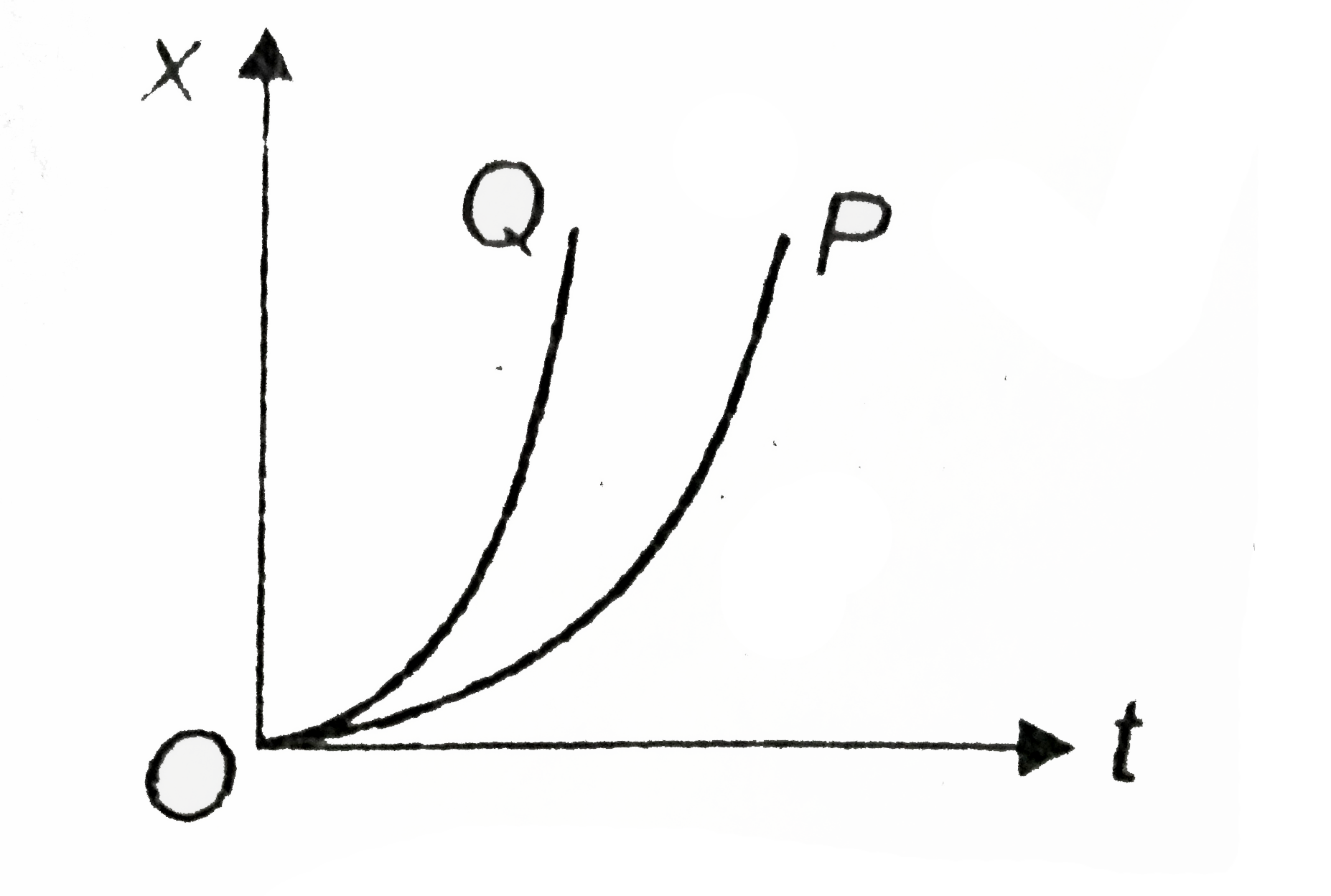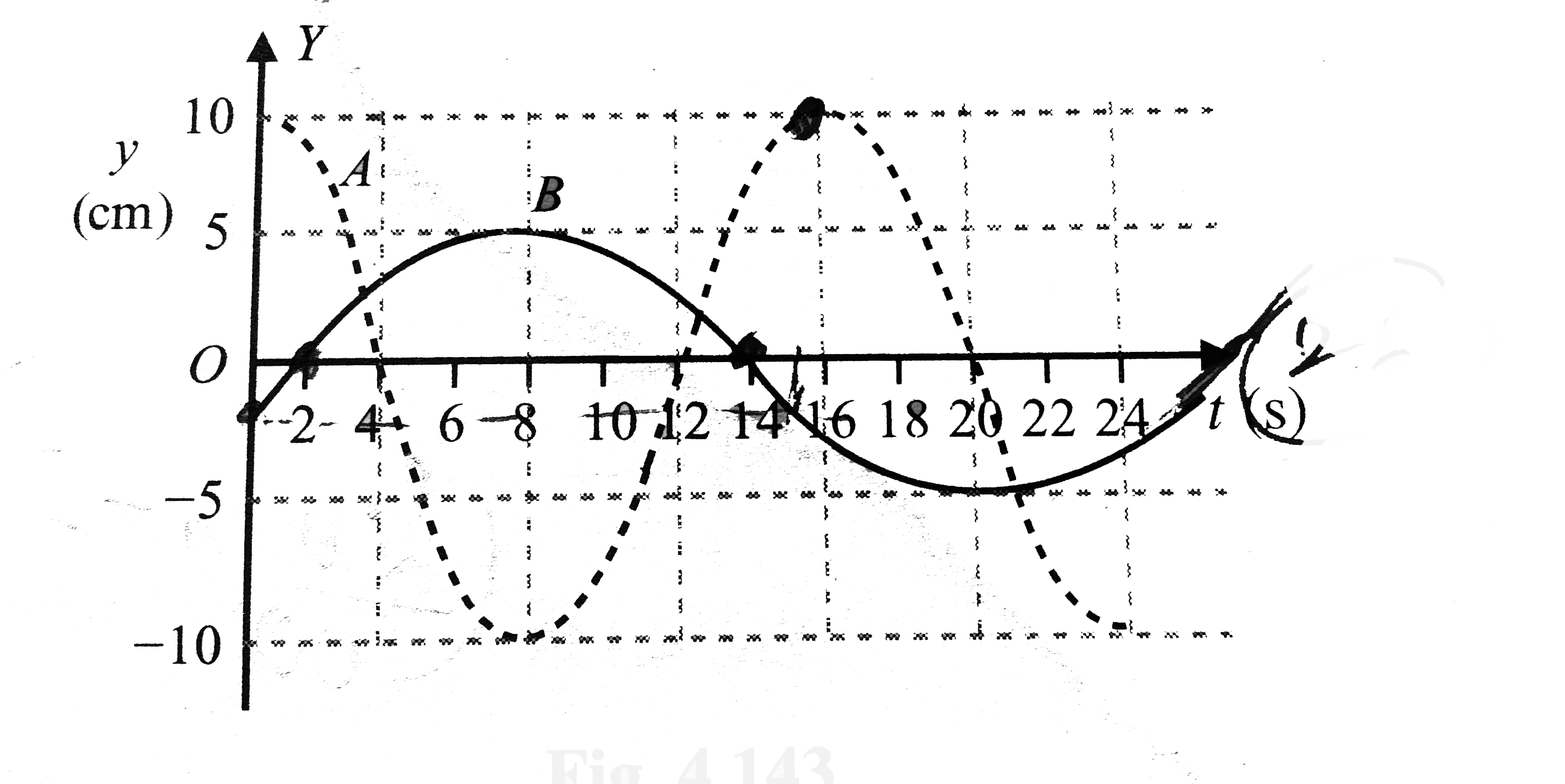The displacement-time graphs of two particles P and Q are as shown in the figure. The ratio of their velocities VP and VQ will be

The velocity of a particle is equal to the slope of time - displacement straight line.
VPVQ=tan30∘tan60∘=1√3√3=1:3
Topper's Solved these Questions
- MOTION IN A STRAIGHT LINE Book:AAKASH SERIESChapter:MOTION IN A STRAIGHT LINE Exercise:EXERCISE -I
Explore 58 Videos
- MOTION IN A STRAIGHT LINE Book:AAKASH SERIESChapter:MOTION IN A STRAIGHT LINE Exercise:EXERCISE -II
Explore 80 Videos
- MOTION IN A PLANEBook:AAKASH SERIESChapter:MOTION IN A PLANEExercise:QUESTION FOR DESCRIPTIVE ANSWER
Explore 7 Videos
- MOVING CHARGES AND MAGNETISMBook:AAKASH SERIESChapter:MOVING CHARGES AND MAGNETISMExercise:EXERCISE-III
Explore 49 Videos
Similar Questions
The position-time graph for two particles P and Q moving on x-axis is shown in the figure. Then

View SolutionThe displacement time graphs of two bodies A and B are shown in figure. The ratio of velocity of A to velocity of B,vA/vB is:

View SolutionThe displacement - time graph for two particles A and B is as follows. The ratio vAvB is

View SolutionDisplacement time graph of a particle moving in a straight line is a shown in figure.

View SolutionThe displacement time graph of two moving particles make angles of 30∘ and 45∘ with the x-axis. The ratio of the two velocities VAandVB is

View SolutionThe velocity − time graph of a particle is as shown in figure

View SolutionVelocity displacement graph of a particle moving in a straight line is as shown in figure.

View Solution
The following figure shows the displacement versus time graph for two particles A and B executing simple harmonic motions. The ratio of their maximum velocities is
View SolutionThe displacement time graph of a particle executing S.H.M as shown in the figure.
 The corresponding force-time graph of the partical will be
The corresponding force-time graph of the partical will be
View SolutionTwo particles P and Q are moving as shown in the figure. At this moment of time the angular speed of P w.r.t. Q is

View Solution

